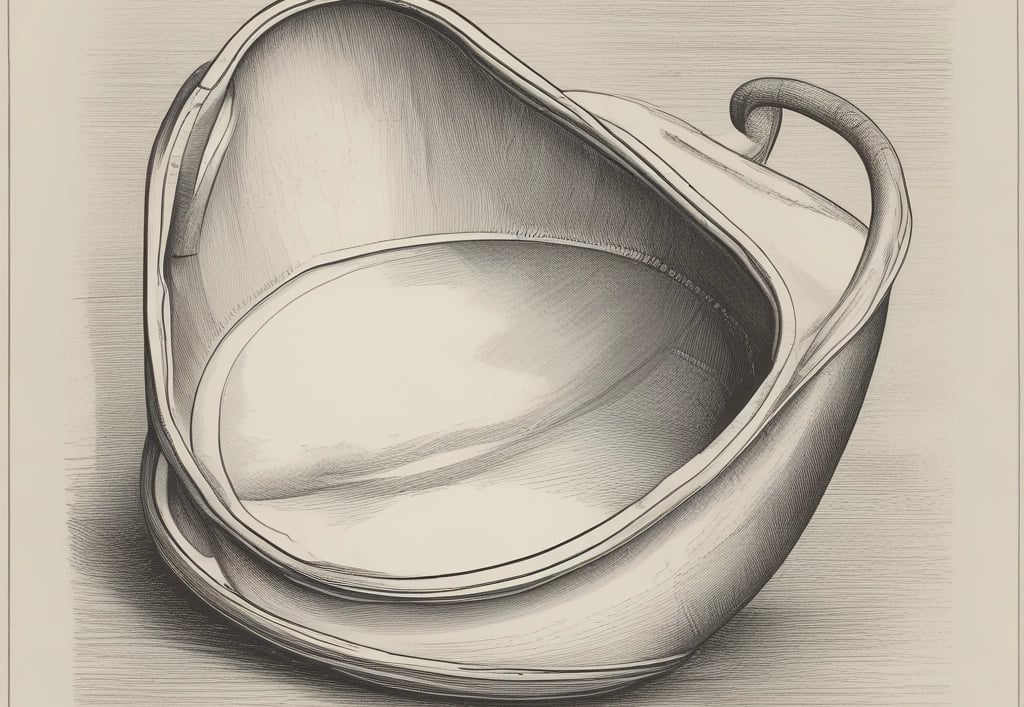The Ultimate Buying Guide for Bedpans: Choosing the Best Option for Comfort and Hygiene
For individuals who are bedridden due to illness, injury, or age-related mobility issues, a bedpan is an essential aid for maintaining hygiene and dignity. However, with numerous options available, selecting the right bedpan can be overwhelming. This guide explores different types of bedpans, materials, features, and price considerations to help you make an informed decision.
4/3/20252 min read


Types of Bedpans
Bedpans come in various styles designed for different levels of mobility and comfort:
Standard Bedpan – This is the traditional design with a wide, curved basin. It is suitable for individuals with moderate mobility who can slightly raise themselves with assistance.
Fracture Bedpan – A low-profile option designed for patients with limited mobility, including those with hip fractures or post-surgical restrictions.
Disposable Bedpan – Made from biodegradable materials, these are single-use options ideal for infection control and hospital settings.
Spill-Proof Bedpan – Designed with a spill-resistant shape to minimize leaks and provide better hygiene.
Urinal and Bedpan Combo – Some bedpans come with an attached urinal, offering an all-in-one solution for patients needing full toileting assistance.
Materials and Their Benefits
The choice of material affects durability, comfort, and hygiene:
Plastic – Lightweight and easy to clean, but some models may crack over time.
Stainless Steel – Highly durable and easy to sanitize but may feel cold against the skin.
Biodegradable Pulp – Eco-friendly and disposable, but may not be as sturdy as other materials.
Key Features to Consider
When selecting a bedpan, consider the following factors:
Ease of Use: Opt for a design that allows easy positioning and removal.
Weight Capacity: Ensure the bedpan can support the user’s weight.
Hygiene and Cleaning: Look for models that are easy to clean or come with disposable liners.
Comfort: Some bedpans have contoured edges and ergonomic designs for a better fit.
Odor Control: Certain models have built-in odor-reducing materials or covers.
Price Guide and Brand Comparison
The cost of bedpans varies based on material, design, and additional features:
Type Price Range Example Brands Standard Plastic $10 - $30 Medline, Carex Fracture Bedpan $15 - $35 Drive Medical, AliMed Stainless Steel $25 - $60 Graham-Field, Kendall Disposable $5 - $15 per unit McKesson, Cardinal Health Spill-Proof $30 - $70 ComfortPan, AliMed
Patient Reviews and Recommendations
Patients and caregivers highlight the importance of comfort, durability, and spill resistance when selecting a bedpan. Based on reviews:
Best for Comfort: ComfortPan Spill-Proof Bedpan – praised for its ergonomic design.
Best for Easy Cleaning: Medline Stainless Steel Bedpan – highly rated for sanitation.
Best Budget Option: McKesson Disposable Bedpan – ideal for single-use convenience.
Best for Limited Mobility: Drive Medical Fracture Bedpan – preferred for ease of use with immobile patients.
Historical Perspective: The Evolution of Bedpans
Bedpans date back centuries, with early models made from clay, wood, and metal. The 19th and 20th centuries saw the introduction of enamel-coated and stainless steel bedpans. Modern advancements now offer lightweight plastics and biodegradable materials for improved hygiene and sustainability.
Final Thoughts: Choosing the Right Bedpan
Selecting a bedpan depends on the user’s needs, mobility, and hygiene preferences. Hospitals may prefer disposable options for infection control, while home users may benefit from durable and ergonomic designs. Considering factors like material, ease of use, and spill prevention ensures maximum comfort and functionality.
By keeping these key aspects in mind, you can find the best bedpan that meets your or your loved one's needs, ensuring dignity and hygiene in challenging situations.
Want to share your experience - please write below:
